We may receive a commission when you use our affiliate links. However, this does not impact our recommendations.
So after looking at the 25 campaign chests in the previous post, did you spot any patterns?
What I see with these chests is that most of them are a square shape that is perched on some sort of plinth. After measuring a bunch of them, the typical size is 36” long x 40” high x 15” to 18” deep. The square shape of the carcase is 36” x 36”. With many of them the top case and the bottom case are the same height, except when the chest is also a drop-front secretary (more on that in a minute).
While there are chests that are bigger and smaller, 36” x 36” (or a wee bit less) is a good place to start because it’s an efficient way to get parts out of 6’, 9’ and 12’-long boards.
The next consideration is the depth of the chest. For this, I let my lumber make the decision. I had some 17”-wide oak, so that determined the depth. Pretty much anything between 15” and 20” is fine. So don’t glue up a 1”-wide board to a 16”-wide board to hit a certain number.
Drawer Dimensions
Here’s where I’m going to off the reservation with some of you. Most design books beat it into your head that drawers should be graduated in size – tall drawer fronts at the bottom and smaller ones at the top. This gives the piece some lift and grace.
And there are several formulas for graduating drawers out there that you can and should explore.
While I’ve made lots of chests with graduated drawers, I’ve also seen lots and lots of pieces where all the drawers are the same height. And they don’t look clunky or awkward.
But when we look back at our collection of chests, you’ll see some things that are weird. Why do some chests have a tall drawer in the middle? Answer: These are secretaries. The tall drawer fronts are actually a drop-front. I’m not making a secretary, so I ignored those.
While some of the campaign chests have graduated drawers, many do not. The ones I like the best have consistent drawer heights, so I settled on that drawer arrangement. So that gives me a chest with drawers that are all about 8” high.
Separating the Two Cases
Next is figuring out what the transition between the two cases should look like. If you look at the collection of images, there are several ways to make the transition. The variable is in how many “blades” the piece will have. (Blades are the horizontal dividers between the drawer fronts.)
Some pieces have two blades at the point where the two components separate. Some have one.
I’ve built them both ways. The double blade arrangement is the simplest. You make two nearly identical boxes and stack them on top of one another.
But I think the double blade is clunkier than the single one. So I decided on a single blade. This complicates the construction process a little – you have to hide one blade behind the bottom drawer of the top case. (You’ll see how this works in a later post.)
I now have the shell of the piece decided. I still need to settle on a lot of details, including the plinth. But before I do that I want to start injecting some Danish modern into my bloodstream.
To do that, let’s go to MidCenturyMoebler.com. Take a close look at the dressers there.
— Christopher Schwarz
Read part 1 of this design series here.
Here are some supplies and tools we find essential in our everyday work around the shop. We may receive a commission from sales referred by our links; however, we have carefully selected these products for their usefulness and quality.



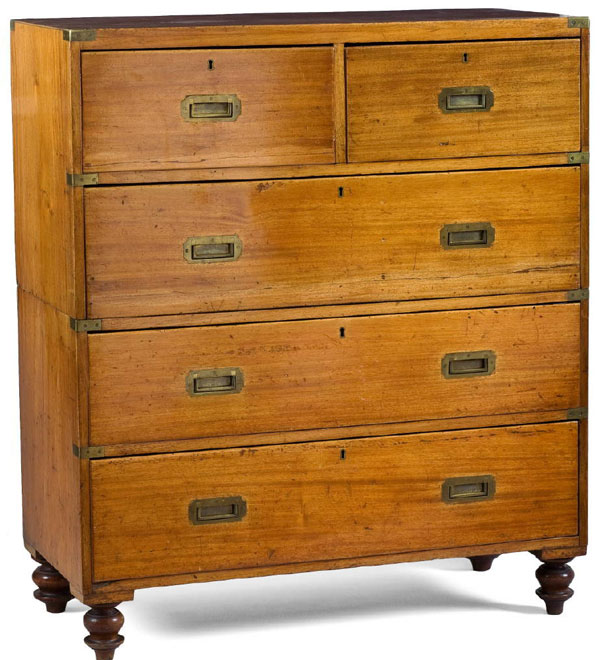
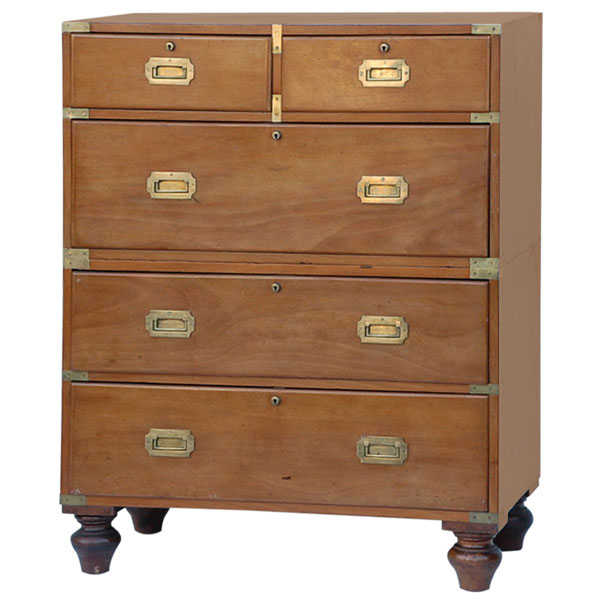
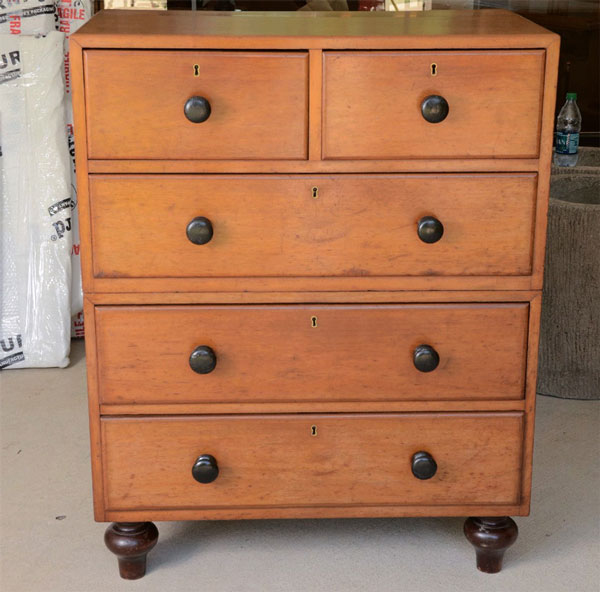
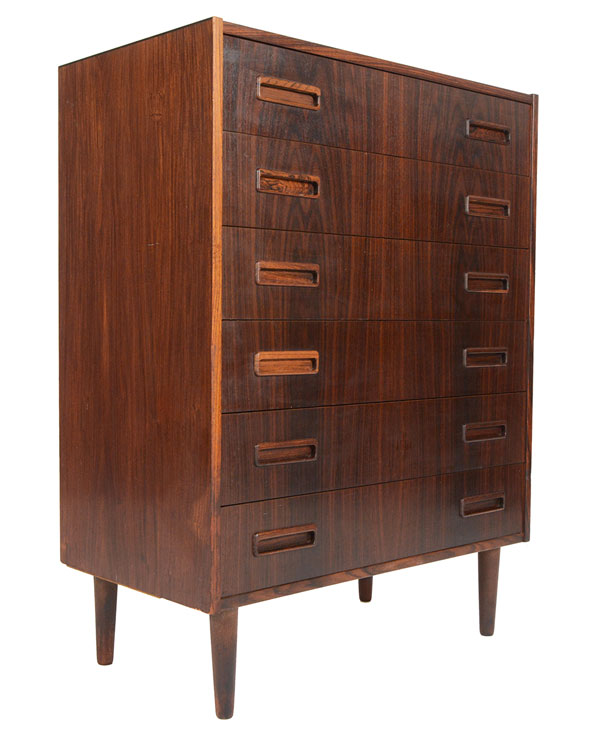




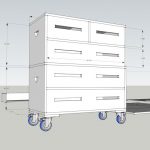
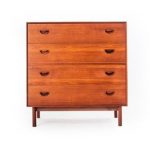
Is there a functional purpose for the “double-thick” case top in the first example?
I’d hate for this comment to be viewed as pandering to the author but I would love to read much more on the process of design. I love danish modern and contemporary design in general and would benefit greatly from all you’d care to share on the general topic of design process. I am a pencil sketch-and-go sort of guy… sometimes it turns out lovely and occasionally I crank out a scud. Please pour your thoughts out- I’ll read every word.